will pittosporum come back from the roots?
15 years ago
Related Stories
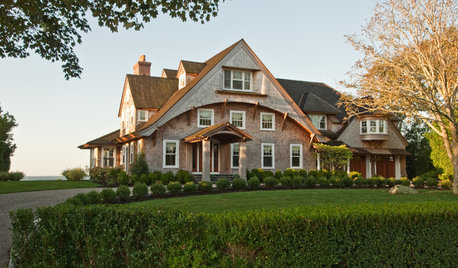
ARCHITECTURERoots of Style: Shingle Style Is Back — Here's How to Spot It
Intimate or rambling, in the coast or by the sea, Shingle homes are seeing a revival. Has your home joined in?
Full Story
ARTThe Beauty of Bonsai — Living Art, Rooted in Harmony
Create your own emblem of nature's balance with an art form dating back 1,000 years
Full Story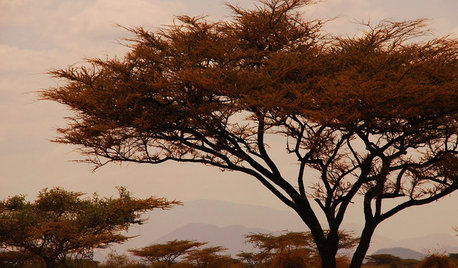
LIFETracing the Deep Roots of Design
Are our design choices hardwired? Consider the lasting appeal of forms from the hunter-gatherer life
Full Story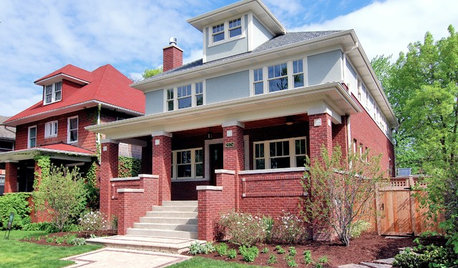
ARCHITECTURERoots of Style: The Eclectic American Foursquare
The turn-of-the-20th-century style transitioned U.S. residential architecture from the Victorian era to the modern age
Full Story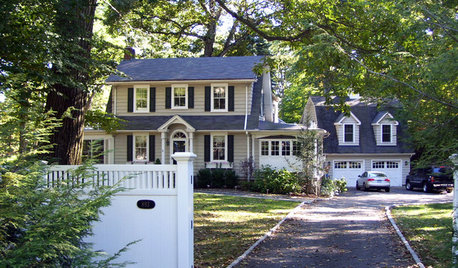
TRADITIONAL ARCHITECTURERoots of Style: Dutch Colonial Homes Settle on the Gambrel Roof
Colonists from the Netherlands brought the gambrel roof and other quaint details. Has your home adapted any of these features?
Full Story
GARDENING GUIDESThe Beauty of Bare-Root Plants
Plant dormant trees and shrubs in fall using the easy, affordable bare-root method and enjoy beautiful results in spring
Full Story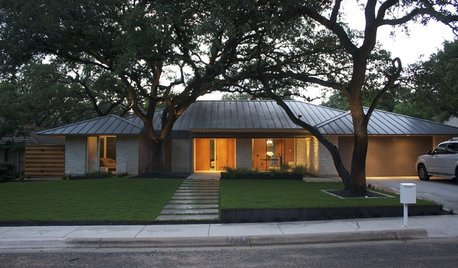
ARCHITECTURERoots of Style: Ranch Architecture Roams Across the U.S.
Great remodeling potential and generously spaced sites make ranch homes ever popular. Is one of the many variations right for you?
Full Story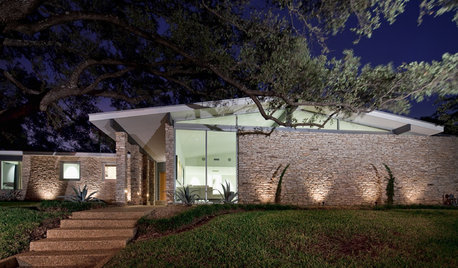
ARCHITECTURERoots of Style: Midcentury Modern Design
Midcentury modern still charms with its linear forms and low-sloping roofs. Appreciate it now — such simplicity can be hard to replicate
Full Story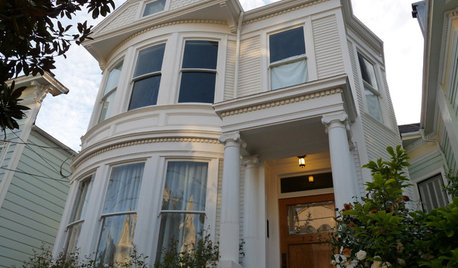
ARCHITECTURERoots of Style: Queen Anne Homes Present Regal Details
Complex facades with bay windows, multiple shingle patterns and even towers make these Victorian-era homes a sight to behold
Full Story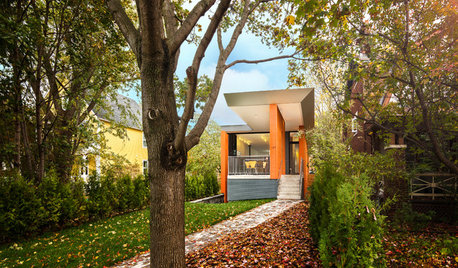
MODERN HOMESHouzz Tour: A Modern Home Rooted in Its Place
It's partially buried in the earth, but with a cantilevered roof and strong colors, this Ottawa home is anything but shy
Full Story




homernoy
weed_tree
Related Discussions
Coming back from the roots
Q
Will Pee Gee grow back from the roots?
Q
Philodendron 'Xanadu' - Does it come back from the roots?
Q
Will “dead” mint grow back from roots?
Q
gardengal48 (PNW Z8/9)
weed_tree
gardengal48 (PNW Z8/9)
silvercreek
ian_wa
weed_tree
silvercreek
buyorsell888
ian_wa
Embothrium
gardengal48 (PNW Z8/9)
buyorsell888
ian_wa
homernoy
buyorsell888
Embothrium
ian_wa
Embothrium
gardeninggoyle
ian_wa
Embothrium
ian_wa
Embothrium
ian_wa
homernoy
Moo
gardengal48 (PNW Z8/9)
Moo
weed_tree
Embothrium
weed_tree
Embothrium
gardengal48 (PNW Z8/9)